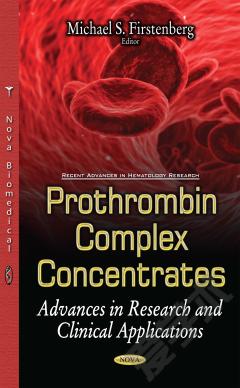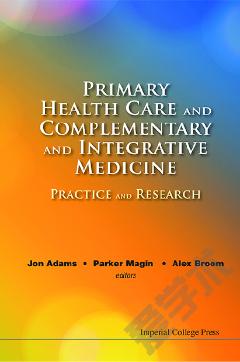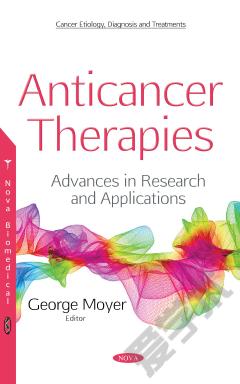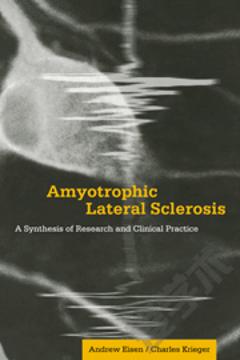Prothrombin Complex Concentrates: Advances in Research and Clinical Applications
As the population ages and elderly co-morbidity becomes more complex, innovative therapies have been developed to assist in the management of these medical problems. While such therapies have been shown to improve the quantity and quality of life, they often will come with inherent risks/complications – complications that can be potentially life threatening. Two such categories of therapies are anti-coagulants and anti-platelet agents. However, such therapies are associated with a significant increased risk for bleeding and bleeding related complications. These complications, while occasionally spontaneous, can also present the need for invasive procedures, like surgery. Unfortunately, the parallel development of effective reversal agents or antidotes for these therapies has not kept pace. As such, there are growing concerns that traditional therapies for the treatment of bleeding – regardless of the etiology and magnitude – are less than ideal. Agents for the management of bleeding, such as blood products, single agent recombinant factors, and bio-surgical agents (glues, pastes, sprays, and cellulose based materials) all have a role. However, each has limitations with regards to effectiveness, cost, and risk. Unfortunately, while there are some therapies that specifically target defects in the clotting cascades, rarely is a single agent sufficient enough to solve the clinical problem at hand. Prothrombin complex concentrates represent a novel class of compounds that are evolving into a critical tool for the management of bleeding and bleeding related complications. There are a variety of compounds clinically available, and these agents consist of key clotting factors that have a role in achieving rapid hemostasis. Even though such compounds might just represent an additional tool in a growing armamentarium of hemostasis products, their clinical roles and effectiveness are still being defined. The goal of this book is to illustrate the spectrum of applications for prothrombin complex concentrates. The chapters trace the development of these agents, their mechanisms of action, the potential clinical applications, and highlight the key literature concerning their use.
{{comment.content}}








 京公网安备 11010802027623号
京公网安备 11010802027623号